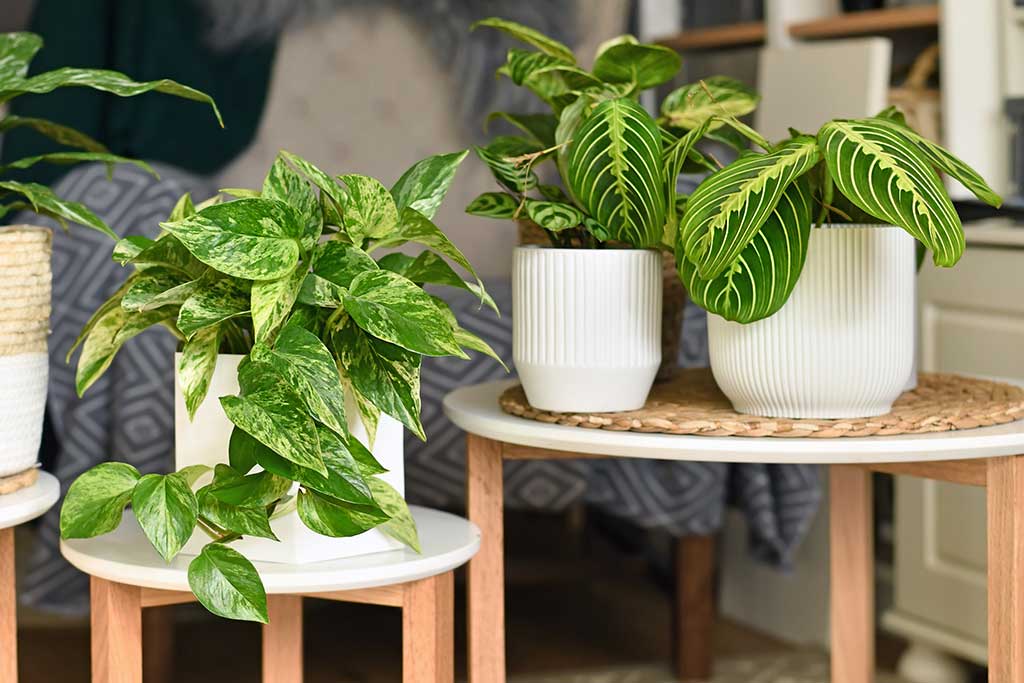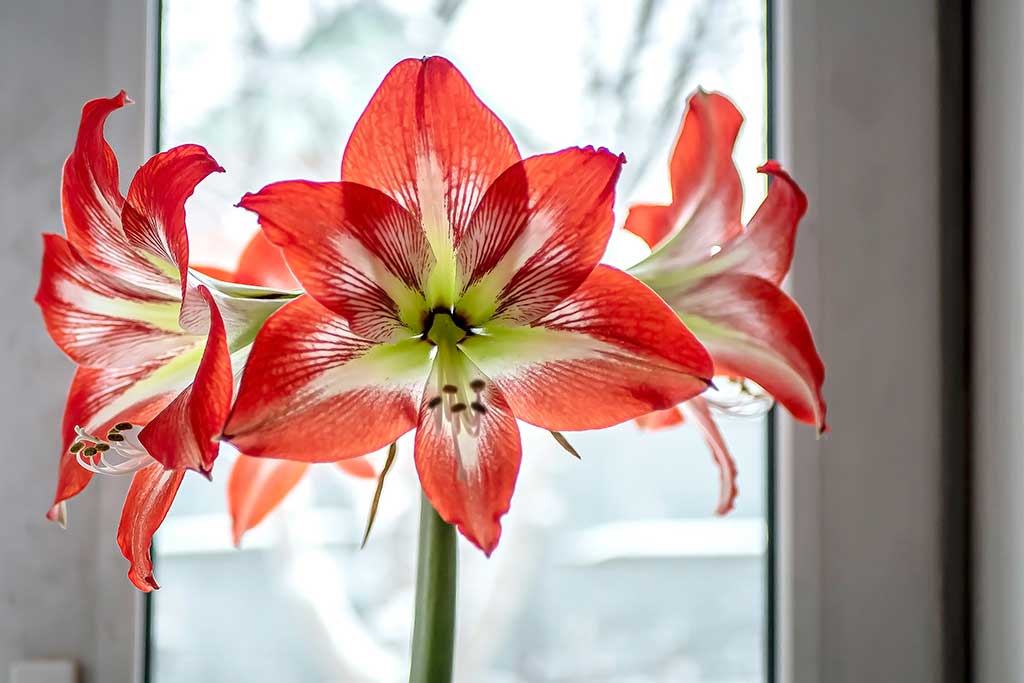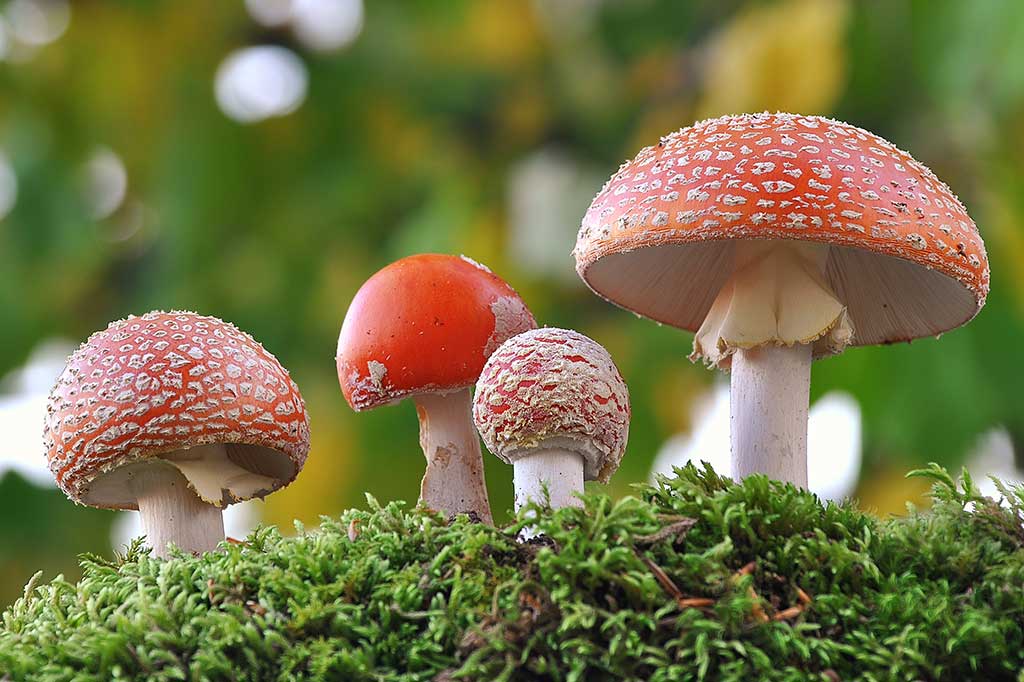Plantas y Hongos
While many of us surround ourselves with houseplants and outdoor plants, we may not know if these plants are potentially poisonous. You might be surprised at how often people have potentially poisonous plants in and around their homes. Some plants and berries can be poisonous if eaten or chewed; some can be poisonous to touch. Visit the plants and mushrooms section of www.ncpoisoncontrol.org para ver imágenes de plantas venenosas comunes de interior y exterior en Carolina del Norte. Si tiene alguna pregunta sobre una planta en su hogar, si tiene contacto accidental con una planta o si un niño ha comido, masticado o tocado las hojas o las bayas de una planta, llame a los expertos de NC Poison Control al 1-800-222-1222.
Wild mushrooms are another outdoor plant that may be difficult to identify. Don’t eat wild mushrooms. If a child eats a wild mushroom, immediately remove any pieces from the mouth, save any remaining mushroom pieces, and call NC Poison Control right away.
Algunas plantas de interior potencialmente venenosas
- Amaryllis
- Caladium
- Dumbcane/Dieffenbachia
- English Ivy
- Peace Lily
- Philodendron
- Pothos/Devil’s Ivy
Plantas de exterior potencialmente venenosas*
- Azalea
- Belladonna
- Black Locust
- Boxwood
- Caladium
- Capsicum
- Castor Bean
- Chinaberry
- Chrysanthemum (Mums)
- Crocus
- Crown-of-Thorns
- Daffodil
- Eunonymus
- Four O’Clock
- Foxglove
- Fruit pits/Seeds
- Gladiola
- Holly
- Hyacinth
- Hydrangea
- Iris/Flags
- Jerusalem Cherry
- Jimsonweed
- Jonqui
- Lily of the Valley
- Lobelia Morning Glory
- Mountain Laurel
- Mushrooms
- Narcissus
- Nephthytis/Arrowhead
- Nightshade Family
- Oak (acorns)
- Oleander
- Peony
- Podophyllum
- Poison Ivy
- Poison Oak
- Poison Sumac
- Pokeweed/Pokeberry
- Privet
- Rhododendron
- Tobacco/Wild Tobacco
- Water Hemlock
- Wisteria
Yew
*No todas las plantas venenosas están en la lista


